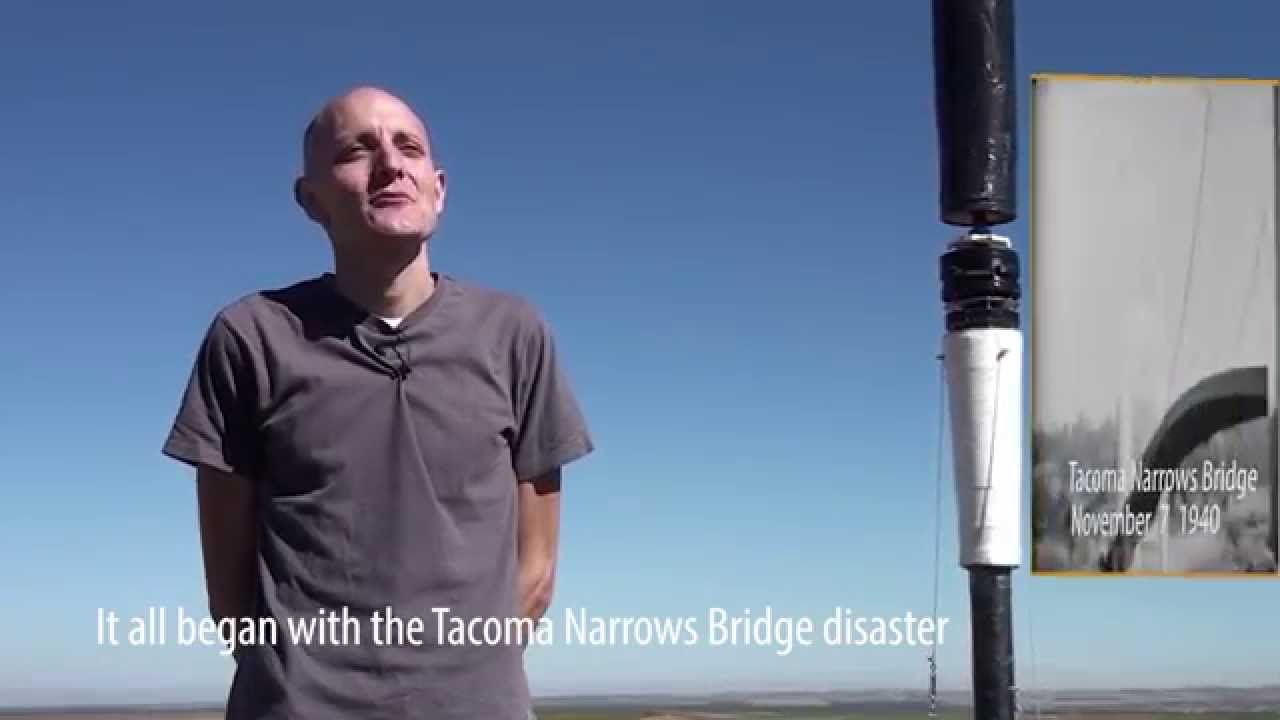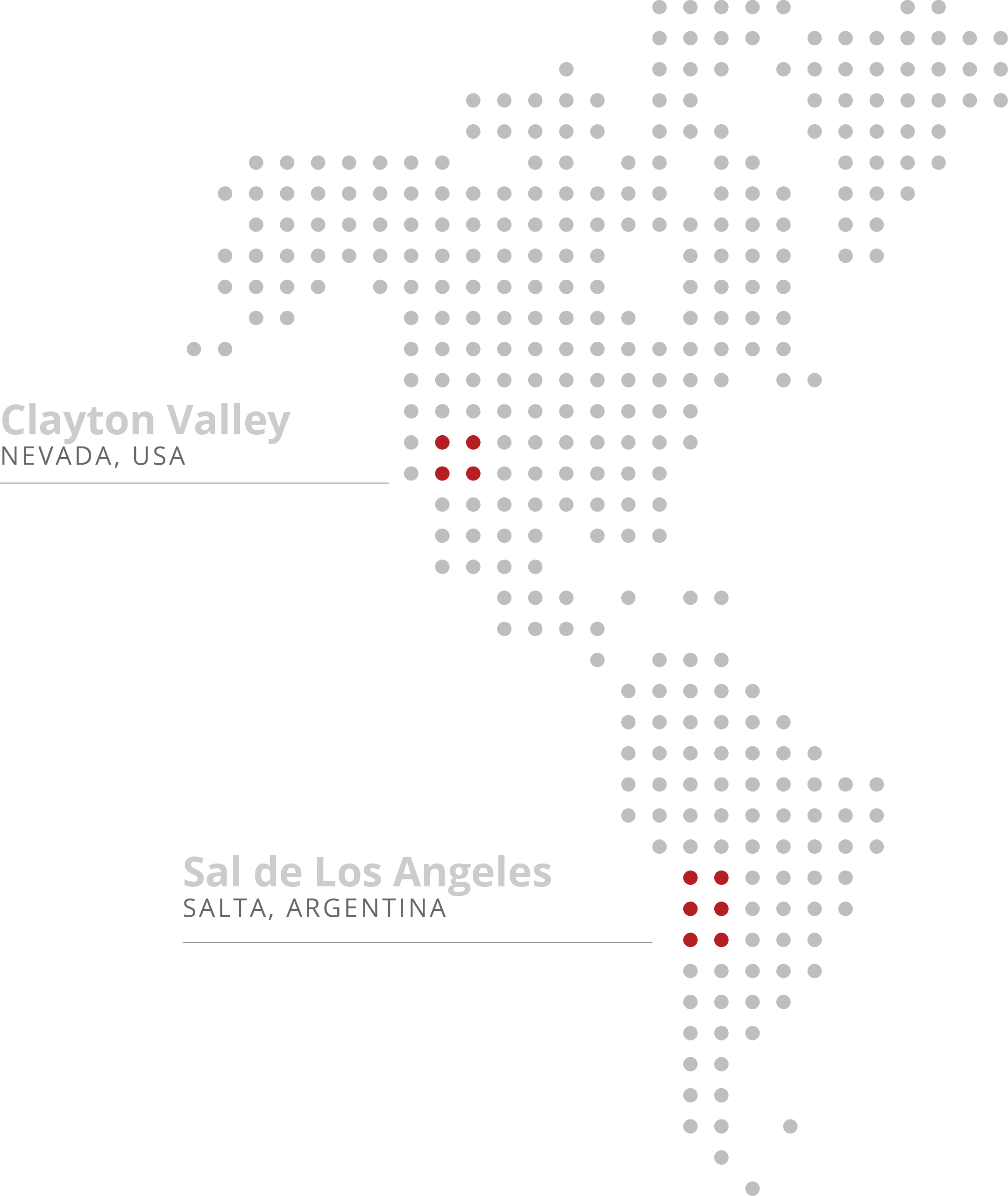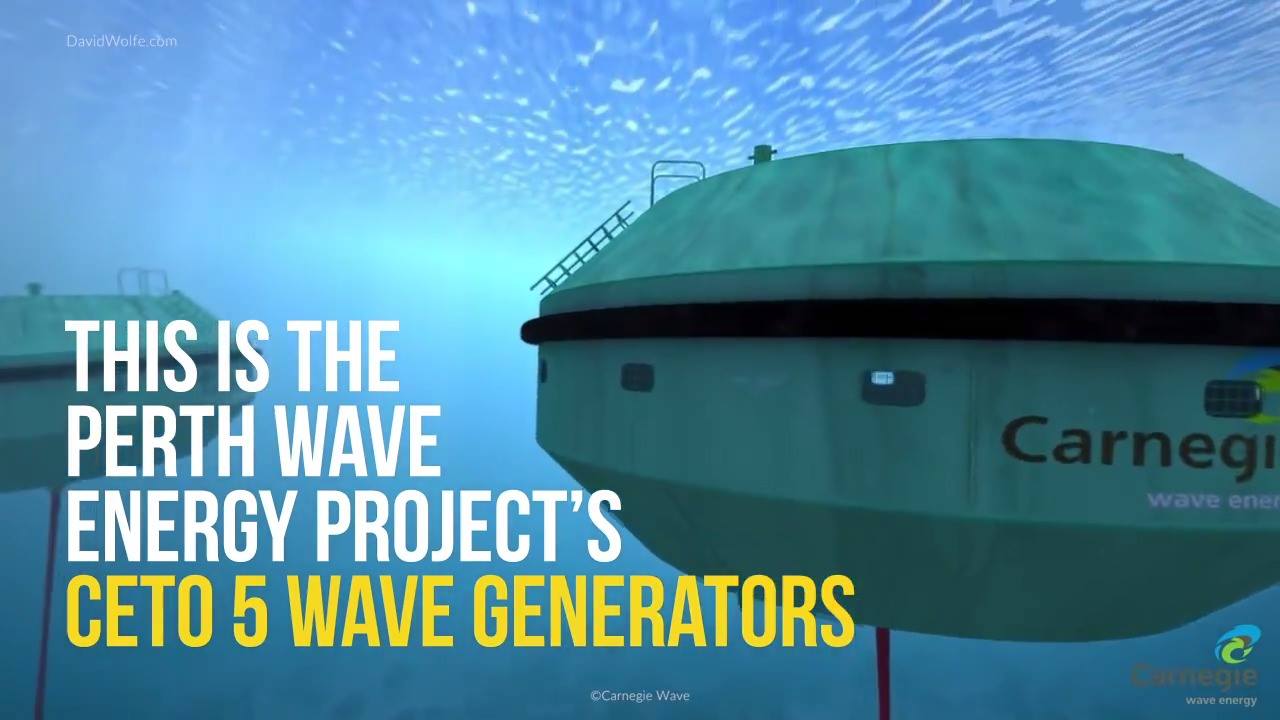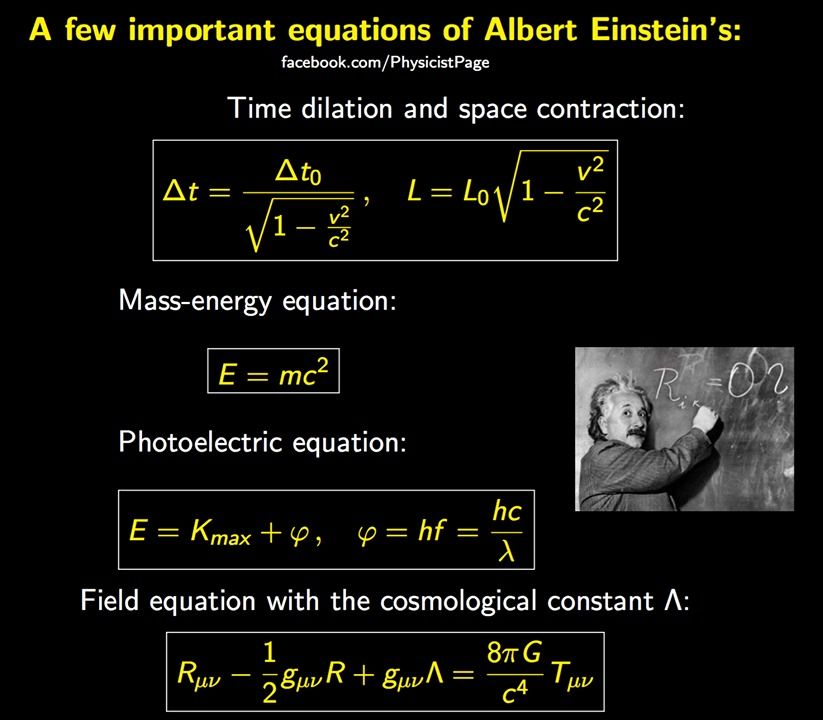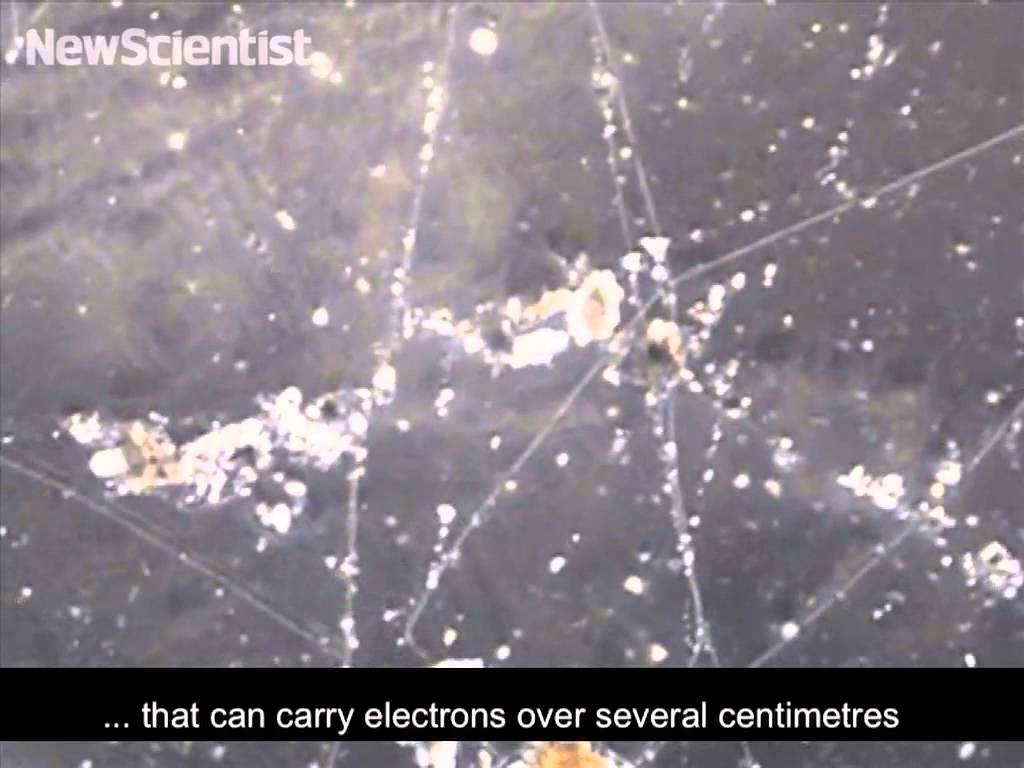Mar 25, 2016
Bladeless Turbines? Say Hello To Vortex Wobble Technology
Posted by Shailesh Prasad in categories: energy, sustainability
Vortex is a bladeless, wind-powered generator prototype that produces electricity with minimal moving parts and leaves a minuscule footprint. To top it off, it makes almost no sound. The design aims to reduce both visual and aural impact of traditional bladed turbines, and utilizes the power within swirling vortices of air.
There are many people using standard wind turbines who find them to be problematic. Bladed wind turbines are dangerous to birds, they are incredibly noisy, and their gigantic size makes commercial use a property allowance issue as well. These concerns might be excuses for those who prefer old-aged electricity, but they hold truth to them and these reasons might be holding back the universal acceptance of standard turbines. This is where Vortex finds itself with the upper hand. The unit is much more compact than windmills, and uses the natural currents of wind to move a series of magnets located within its base to generate electricity.
Continue reading “Bladeless Turbines? Say Hello To Vortex Wobble Technology” »
